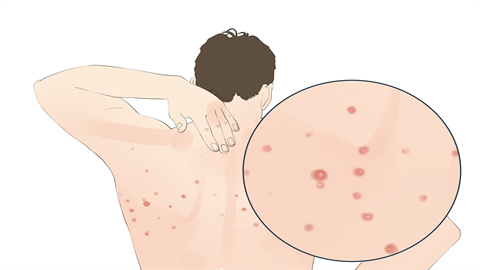How to repair acne scars and pitted scars?
Acne scars and post-acne marks may be caused by age-related factors, skin type, improper squeezing, poor post-trauma healing, acne, and other factors. Improvements can be made according to the specific situation. It is recommended to visit a hospital promptly and receive treatment under the guidance of a physician.

1. Age-related factors: As one ages, the skin's elasticity and regenerative capacity decline, making the recovery process for acne scars and marks slower. Using skincare products rich in vitamins C and E can help promote collagen production.
2. Skin type: Individuals with oily skin are more prone to inflammatory reactions, which may lead to more noticeable acne scars and marks after acne heals. Skincare routines should emphasize oil control and deep cleansing. Oil-controlling products can help reduce sebum secretion and prevent acne occurrence.
3. Improper squeezing: Incorrectly squeezing acne can cause skin tissue damage and disrupt collagen fibers, leading to acne scar formation. Additionally, squeezing may push bacteria deeper into the skin layers, causing inflammation and resulting in acne marks. It is recommended to avoid squeezing acne manually, maintain hand hygiene, and reduce the risk of infection.
4. Poor post-trauma skin healing: Skin injuries such as surgical incisions, burns, or abrasions may lead to acne scars and marks if the healing process is suboptimal. To improve acne scars and marks, medical aesthetic treatments such as microneedling or laser therapy can be followed as directed by a physician to promote skin regeneration and improve the appearance of scars and marks.
5. Acne: Severe acne may be associated with infections, bad habits, and inflammatory reactions in the pilosebaceous units, which damage the skin tissue. During the healing process, excessive scar tissue may form, leading to acne scars and marks, which may be accompanied by symptoms such as redness, pain, and pustules. It is recommended to follow medical advice for the use of medications such as doxycycline hyclate tablets, minocycline hydrochloride capsules, and clindamycin phosphate gel to improve the condition.
During treatment, appropriate methods should be selected according to individual conditions, and proper skincare and sun protection should be maintained. At the same time, maintaining good living habits and dietary habits also contributes to skin repair and recovery.






